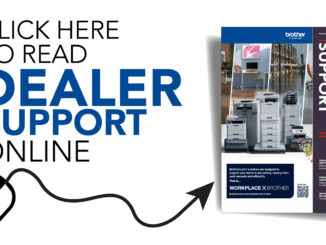
Whether online or in person, public speaking can be daunting. Learn how to beat the nerves and engage your audience
CREDIT: This is an edited version of an article that originally appeared on Happiful
Speaking in public is one of the most common fears people have, whether it’s presenting to a small group of people or contributing to a large meeting. Some people find enough confidence to get through it, but others may experience glossophobia – a fear of public speaking. This phobia results in a feeling of intense anxiety, and creates the fight, flight, or freeze response, meaning that all sensible thought disappears and our memory freezes, too.
If we’re anxious, it’s difficult to think clearly, focus, and to remember – three things that are essential if we are to deliver a talk, or speech to any group of people. Luckily, there are things we can do to get ourselves into the ‘conscious mind’ – the confident part of our brains – where we can relax and focus clearly on what we have to do. Here are some tips to help you speak up with confidence.
Plan
Begin by planning what you want to say; decide how long it needs to be and what visual aids you might need. If you’re reporting on important statistics, would a graph be helpful? What information does your audience need? It’s a good idea to write your thoughts down, as this helps fix the information into your mind. Make sure you’re familiar with any technical equipment you may need to use – screen sharing apps, digital whiteboards and presentation programmes, for example – and be there in good time to set up, so you can relax knowing all is ready.
Practise
Fear can stem from worrying about what others will think of us, that we might make a mistake, or we could forget what we wanted to say, and that it might not be good enough. Practising it in front of a few friends and family – so that you get familiar with your speech or talking points – will help a lot. You will grow in confidence as you feel more in control and, when you are confident, it is easier to relax and engage with your audience. Time your talk so you get the flow right, and remember not to speak too quickly – a slower pace is easier for the audience to take it all in.
Relax
We think clearly when we are relaxed and calm, so take a few slow, deep breaths. This reduces anxiety, and takes us into the part of our brain that is logical and in control. Our brain believes what we tell it, so give it a positive message such as ‘I can do this,’ ‘I am fine,’ ‘This will go well,’ ‘I know I can.’ Stand or sit up straight and know that you have done enough preparation to be confident. Imagine yourself doing this talk with great success, and your brain will believe you!
Smile
The worst bit for people is usually the few minutes before the talk, so take some time to be still and focus on being calm, slow your breathing, and smile as you begin – the act of smiling will help you produce serotonin – the feel-good hormone that keeps you in your conscious mind, which is the logical, calm bit. This will counteract anxiety, and your audience may well smile back at you! If you know someone friendly in the room, try to focus on them from time-to-time, looking them in the eye to connect with them.
Engage
Wherever you can, engage others by asking questions – or inviting them to share ideas – so that the attention is not always on you. This will give you some thinking time, and space to breathe! It also makes the meeting more interesting for everyone else. A win-win! The key things to remember are: plan, practise, relax, smile, and engage.
Say, ‘I can do it!’ Because you can. Good luck!



Be the first to comment